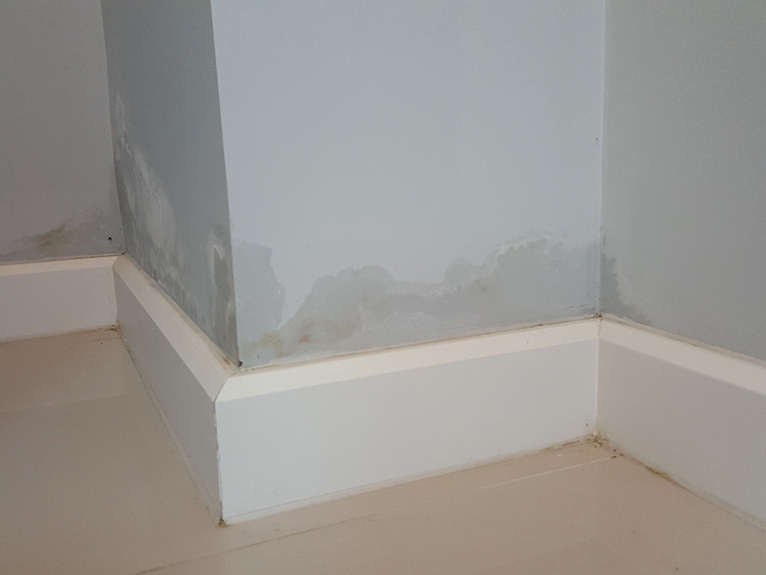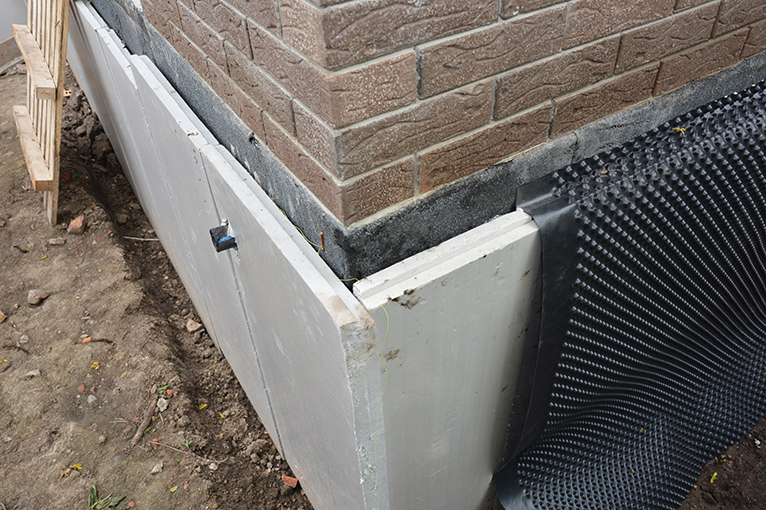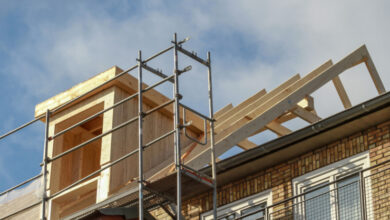A five-part guide to damp problems
Specialist TradesmanDamp in our homes is something that most of us dread. The discoloured paintwork and the musty smell send us into a spin of worry, often for our bank accounts. Our love of period homes means that it’s something most of us will come across at one time or another. But even the most modern homes can suffer from damp problems. Here’s our five-part guide to preventing it and dealing with it should you spot that you’ve got a damp issue to tackle.

Prevention is better than cure
Damp courses don’t last forever. If you’ve recently moved into a period home, or you’ve lived in yours a while, then it’s worth bringing in a damp specialist to give your home the once-over. Some businesses offer a free consultation, but any trusted damp experts should give you a good idea of how good your damp cause is, as well as look for any other problems, such as cracked windowsills or broken guttering and downpipes. Simple solutions, such as shifting bins or digging out grooves beneath your sills, could help to stop damp problems before they start. These could be causing rainwater to jump your damp course or drip downwards onto your walls without you noticing.
Make sure you’re not the problem
Many damp problems are wholly preventable and can be caused by both the design of your home and what you do within it. One of the most common causes of damp is drying clothes in the home. So, if your back room or bathroom are damp and mouldy, then try drying your clothes outside, invest in a tumble dryer or throw the windows open when drying. That water has to go somewhere as it leaves your clothes. You should always try to open windows daily, even in winter, as our airtight double-glazed homes are more likely to get damp from day to day use than their breezy forbears.
Act fast
If you do see a patch of damp on your wall, then be sure to take action. Don’t think it’ll simply go away or that it can wait. Damp only gets worse if it’s not dealt with. It could simply be a case of needing more ventilation, or you could have a blocked gutter that’s causing damp on your walls. Go outside and see what you can spot. Greenery in your gutters may be a clue and damp may also be visible on an outside wall. Go out in the rain too, if you can. That can allow you to spot any problems with drainage or water splashing up above your damp course.
Call in the experts

Damp-proofing and damp course experts should be able to spot the cause of an issue. It may mean pulling up a few floorboards, so do be prepared for that. But they should be able to identify whether you have condensation, penetrating damp, damp caused by cracked sills, damp caused by faulty plumbing or guttering, or the dreaded rising damp. This is usually identifiable by damp going up the wall, but not above a few feet. It can also cause blistered paint and salty deposits.
Get the work done
A good damp expert should be able to make repairs, install a new damp course and carry out any re-plastering work that needs doing. Get this done as soon as you can, so that you can prevent long-term damage. ‘Blown’ plaster, paintwork and damaged skirting will need replacing and should get rid of that damp smell. Condensation can be dealt with by adding more ventilation, with the damp usually being cleared up with mould spray and some re-painting.





Our 1879 property has a cellar.
The previous owners purchased the house very cheap .
We never understood why small holes were drilled into the wall at the bottom of the stairs.
After approx 10 years,the cellar is more damp .
Why the holes in the first place ?
What ever was inserted obviously needs replacing .